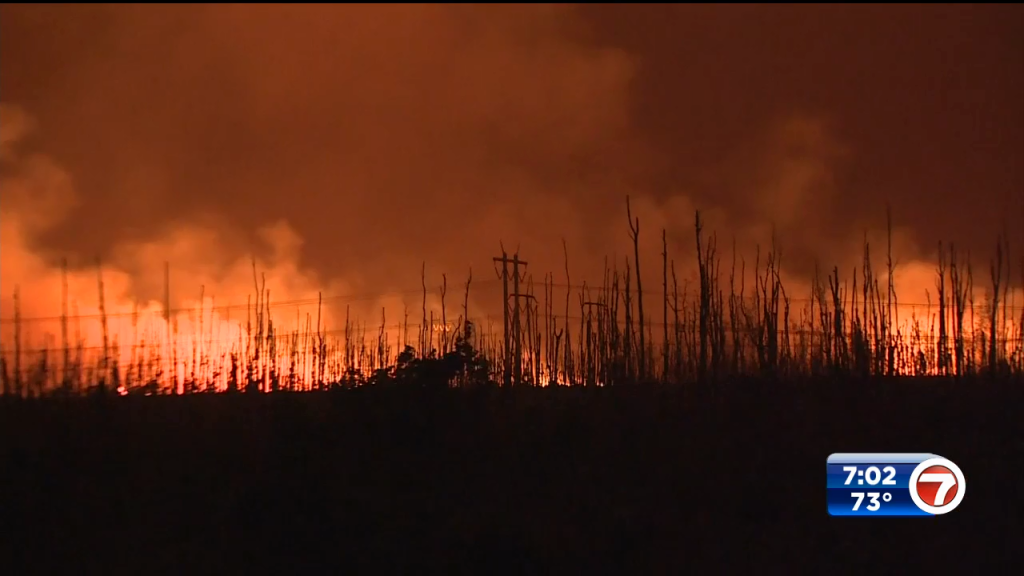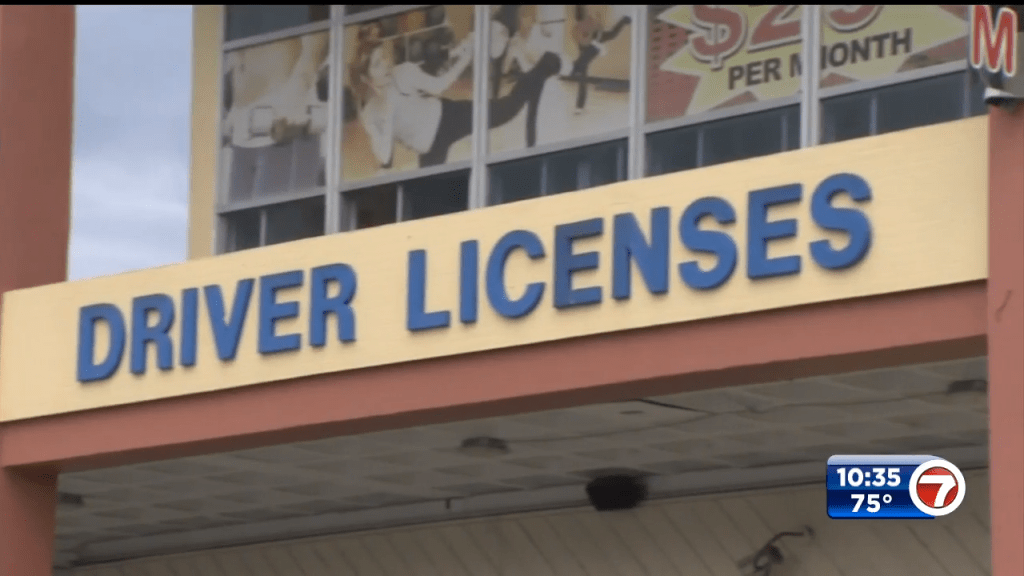Miami Dolphins’ free-agent exodus was poor planning

One by one, hour after hour, Andrew Van Ginkel after Robert Hunt after Christian Wilkins, the names of departed Miami Dolphins free agents piled up, until by Monday late afternoon an annual day of hope became such an exodus you expected the Red Sea to part.
Calling it the worst Dolphins day in free agency doesn’t do it full justice. That’s not just because of the good players lost, the holes made, the questions added. It’s also because of the organizational bungling that made it financially necessary to the point none of the departures was even surprising.
For the past three years, the Dolphins have thrown money and draft picks like confetti to bring expensive veterans in the front door like Tyreek Hill, Bradley Chubb, Terron Armstead and Jalen Ramsey.
Now they lose talented players out the back door. And they don’t have anyone waiting to fill their spots because, well, they traded so many draft picks for those aforementioned big names.
No, you can’t keep everyone. But is quarterback Tua Tagovailoa to be the only Dolphin paid this offseason? Stay tuned.
The Dolphins have never lost a free agent as important as Wilkins. They’ll not find a better offensive lineman right now than Hunt. They’ve never needed an edge rusher like Van Ginkel more than they will at the start of next season, with both starters probably out injured.
You expect to lose some players in free agency due to business being done. But what does it say that you’ve mishandled your business to the point you can’t do business?
These wild fluctuations of adding expensive players the past couple of winters to throwing talented players overboard this winter makes it tough to sustain a run. The Dolphins haven’t even had a run. They haven’t even won a playoff game since 2000. So, we’re talking about sustaining last year’s foothole of decency more than some great run.
They’re not sunk. They have to make good football decisions rather than just get the next headlined name. Maybe signings of former Tennessee center Aaron Brewer (three years, $21-million total) and former Cleveland linebacker Anthony Walker Jr., were just that.
Can they manage the cap, find economic players, fill in with draft picks and develop a team with a stable blueprint? It’s something they haven’t tried the past five years. And it’s something this franchise didn’t do for most of the previous two decades. Am I going back too ar?
Say this for general manager Chris Grier: His drafts have yielded players. Look at the four players out the door (safety Brandon Jones was the fourth) on Monday. It’s managing the organization and directing a workable philosophy that’s been the issue — from front-office tanking to all that spending to, well, what to do at quarterback.
Three of Grier’s draft picks tell different stories of this organizational dysfunction. Safety Minkah Fitzpatrick is on a Hall of Fame track in Pittsburgh after being traded simply because he wanted out when he was the first in a long line of players who didn’t get along with then-coach Brian Flores.
Tackle Laremy Tunsil is held up as the player whose good trade spawned a dozen draft picks. But Houston rebuilt and had a playoff win this year with Tunsil starting at left tackle, while that playoff win remains elusive for the Dolphins. Isn’t that the point?
Now there’s Wilkins. He is signing with the Las Vegas Raiders, fittingly enough, because he rolled the dice in rejecting a decent offer from the Dolphins of under $20 million last offseason. He wanted $22 million.
That was the first time the Dolphins missed on Wilkins, and you could see their point. That’s a lot for a player who had 3.5 sacks in 2022. But the Dolphins missed on him again this offseason and it was different. He had nine sacks last season. The Dolphins could have franchise-tagged him for $22.1 million, except they couldn’t fit it under their bloated salary cap.
Wilkins got a four-year, $110 million deal from Las Vegas. We’ll have to see the full terms. But the $84.5 million guaranteed means Wilkins probably is going to collect all of his $28 million-a-year deal. So, that $22.1 million for one year to keep or trade him looks especially economic. Instead, they got nothing.
Good for Wilkins. You should be happy for him, considering he did everything he could for this franchise. You should also wonder about the Dolphins’ recent-years philosophy of tanking like crazy, then adding players like crazy and now dumping players overboard like crazy. It’s making me crazy.
Do they need a financial workshop? Have Suze Orman discuss checkbook balancing? Go back to the Charles Dickens character staying, “Annual income 20 pounds, spend 19-and-six — result, happiness. Annual income 20 pounds, spend 20-and-six — result, misery.”
Monday was misery. The Dolphins have lost good players before in recent years, like tackle Ju’Wuan James or receiver Jarvis Landry (in a trade). Those were football decisions first, though. They didn’t think the players were worth the money.
Every decision made Monday had the common look of a team with no money to spend. The Dolphins can, as smart teams do, find good players for less money and use draft picks to fill out lineups. That’s the challenge in front of them. It’s compounded by the lack of money and limited draft picks.
The larger challenge is to build a sustained roster without these wild roster swings from one March to another. But that’s the plan they’ve followed in spending so wildly. The bill came due for that Monday when every hour brought another departed name, to the point you wondered how they can have more talent than last season.


